A Chinese research team found goat DNA and fermented bacteria from Bronze Age milk samples scattered around the necks of mummies in coffins at the Xiaohe cemetery in China's Xinjiang Uygur autonomous region, according to the South China Morning Post .
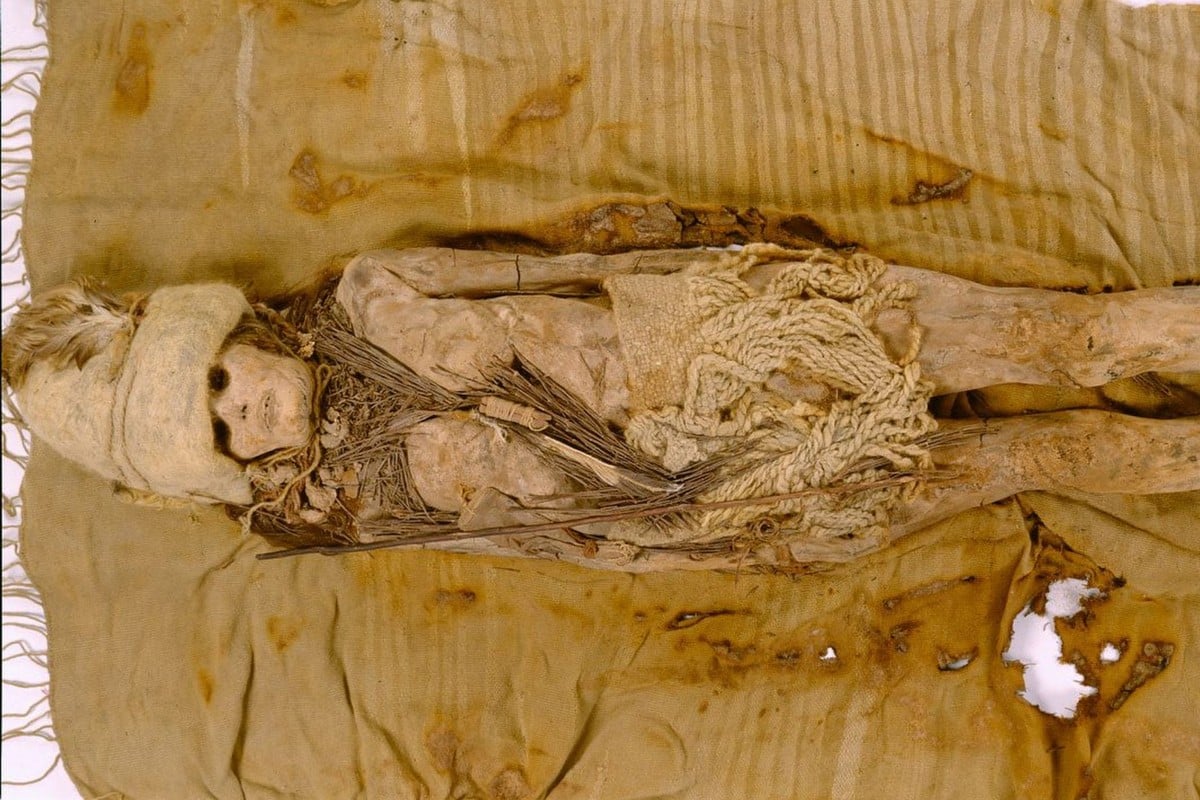
Scientists say an ancient cheese was found on the head and neck of a mummy in the Tarim Basin (China)
Photo: Handout/Li Wenying
The study was conducted by scientists from the Chinese Academy of Sciences, the University of the Chinese Academy of Sciences, Peking University Third Hospital, the Xinjiang Institute of Cultural Relics and Archaeology, and Xinjiang University, who published their findings in the journal Cell on September 25.
"It appears that the Xiaohe people actively adopted animal husbandry practices and related fermented milk products from the steppe culture. Kefir cheese became an important part of the Xiaohe culture and then spread further into inland East Asia," the team said.
Kefir is a fermented beverage made from milk and kefir grains, which has a thinner consistency than yogurt. It is then drained to yield a soft cheese. According to the article, the three milk samples analyzed in the study were identified as kefir cheese because of the abundance of ruminant milk proteins, lactic acid bacteria, and yeasts in the samples.
The Tarim Basin, a barren desert in the Xinjiang Uygur Autonomous Region, is home to Bronze Age mummies dating back to around 3,300 to 3,600 years ago.
Scientists say the cheese-making process significantly reduces the lactose content, making it possible for the Xiaohe people, who are genetically lactose intolerant, to consume milk. In addition, making kefir cheese could be a way to not only extend the shelf life of raw milk but also ease digestive disorders caused by lactose.
Revealing the face of a mummy of a young girl sacrificed during the Inca empire
The study's author, Fu Qiaomei, said the discovery also supports the idea that "kefir culture" has existed in Xinjiang since the Bronze Age, challenging the long-held belief that the fermented milk drink originated only in the North Caucasus (Russia). It is also an unprecedented study that allows people to observe how bacteria have evolved over the past 3,000 years.
"By studying dairy products, we have gained a clearer picture of ancient human life and their interactions with the world," said Mr. Fu.
Source: https://thanhnien.vn/trung-quoc-phat-hien-pho-mat-lau-doi-nhat-the-gioi-duoc-chon-cung-xac-uop-185240926102253629.htm



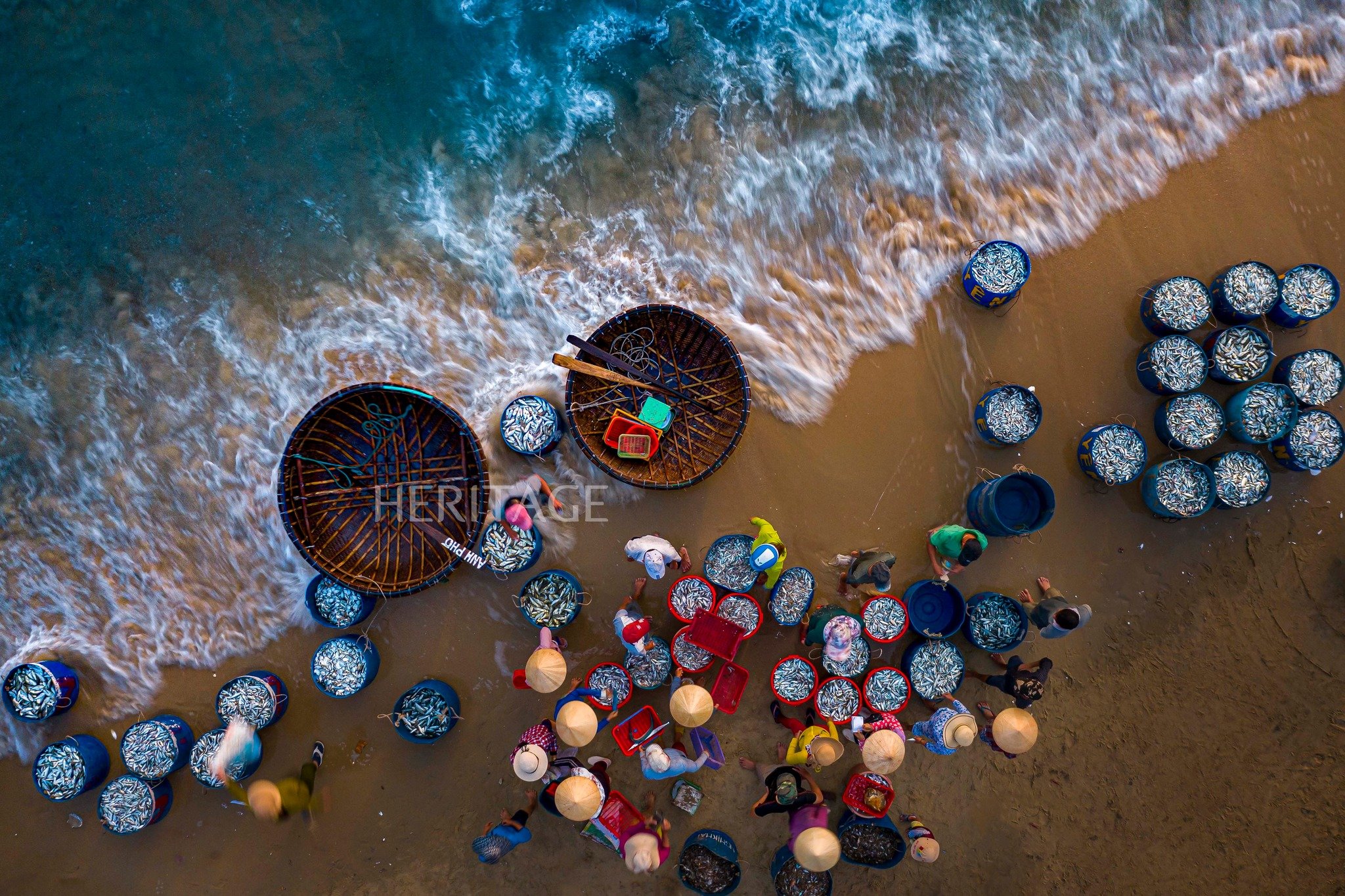

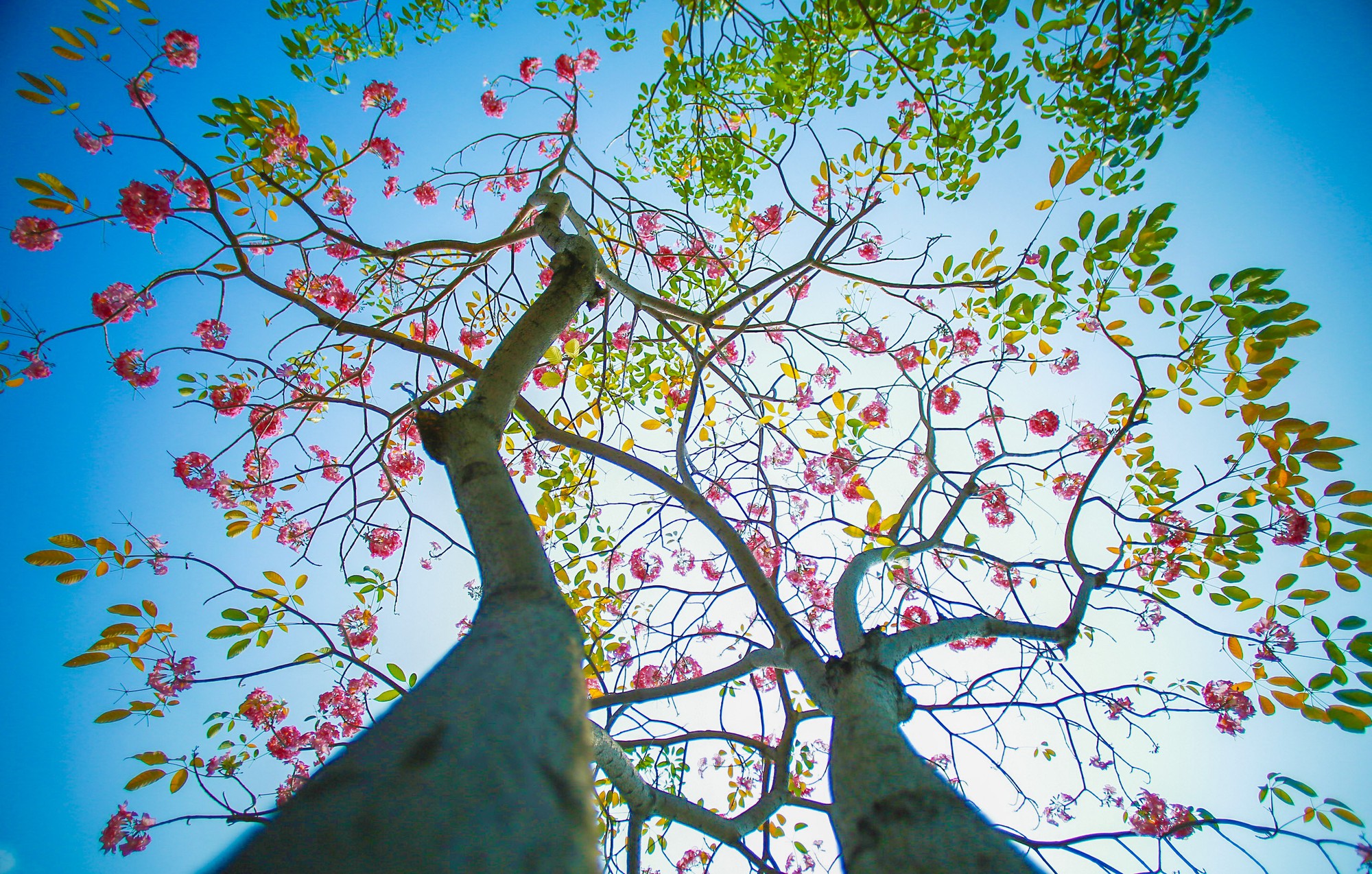
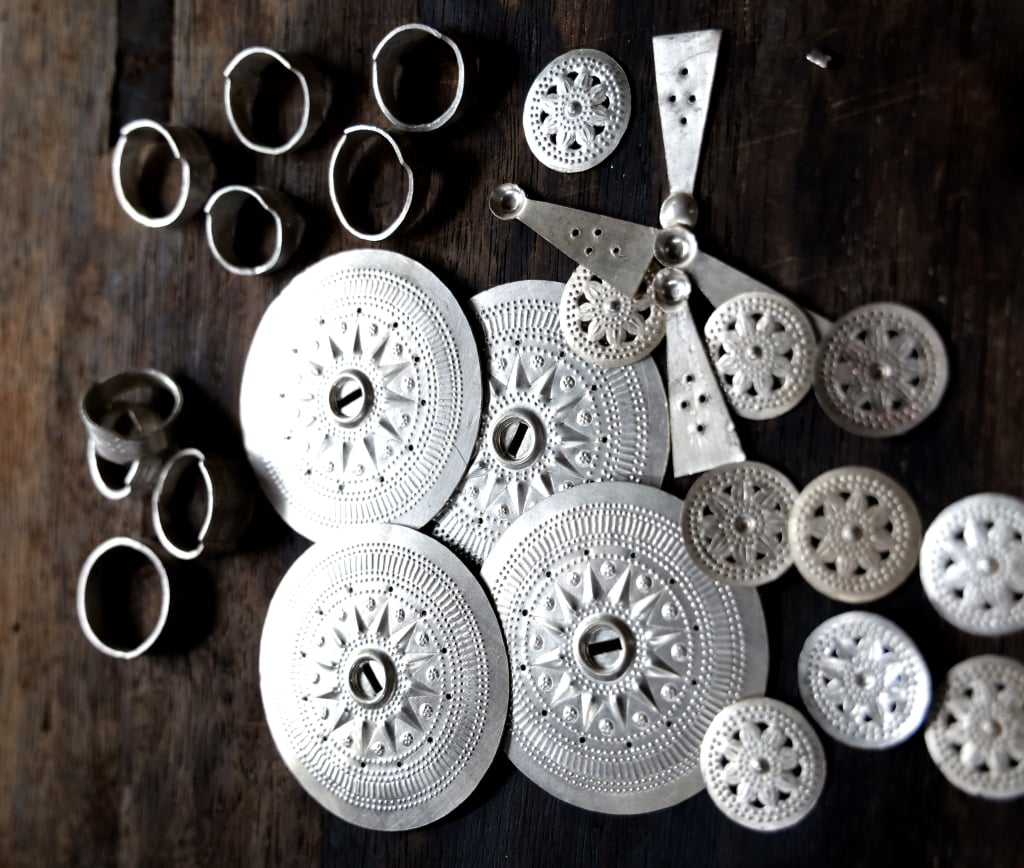
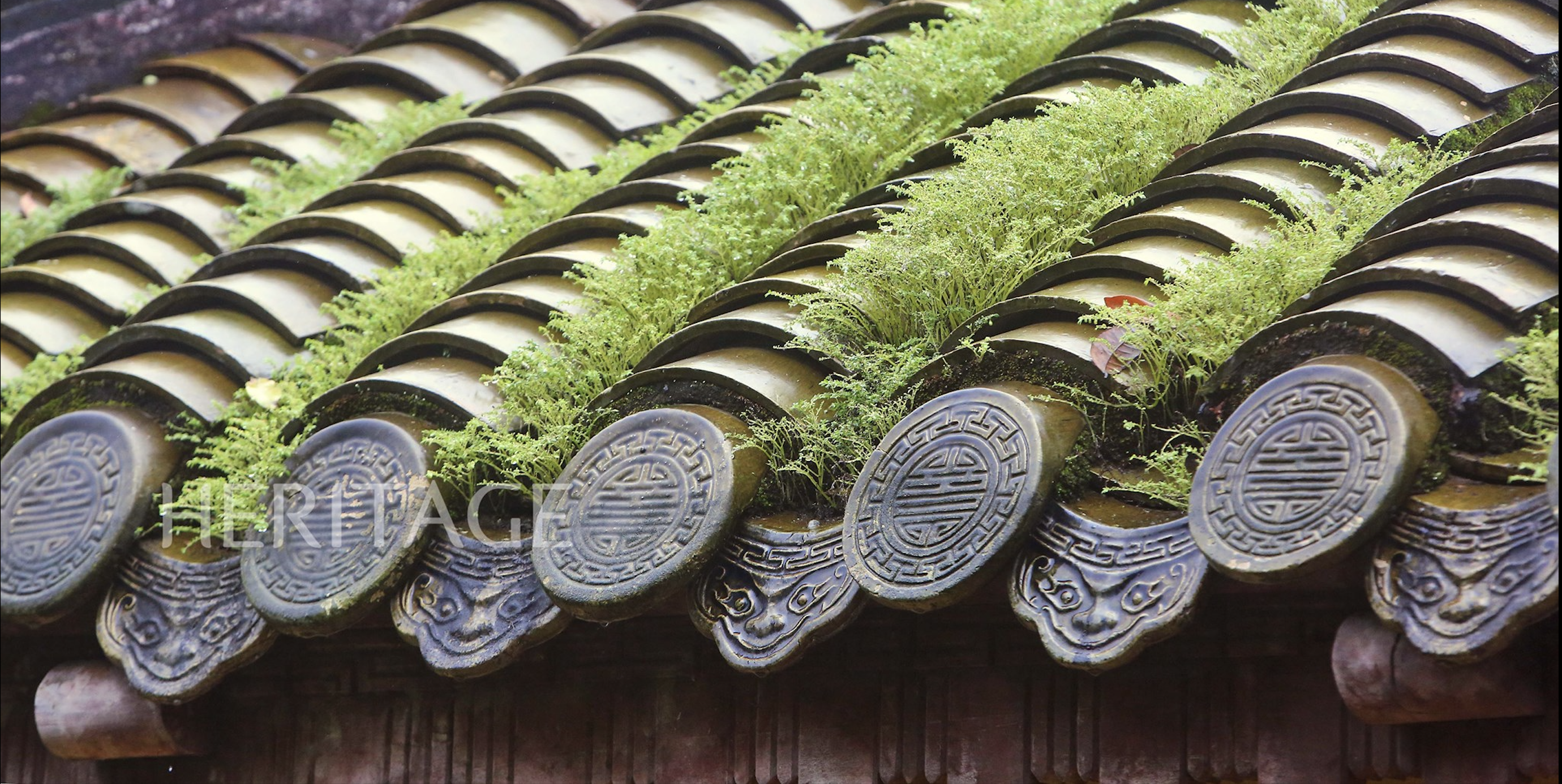
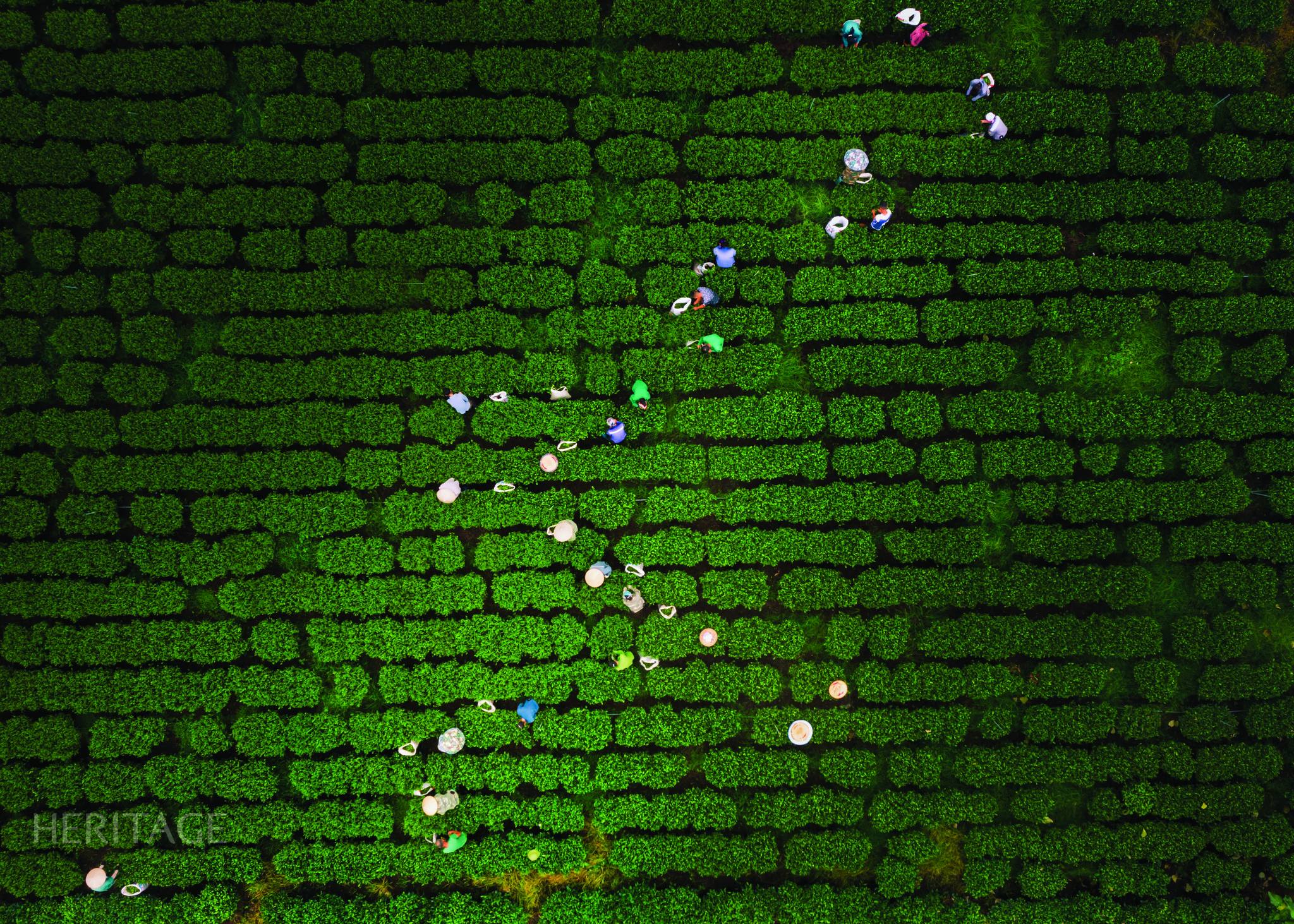

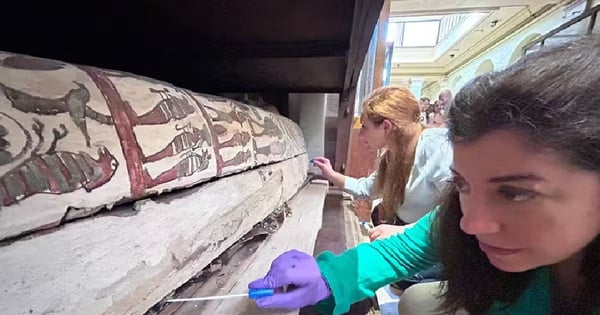

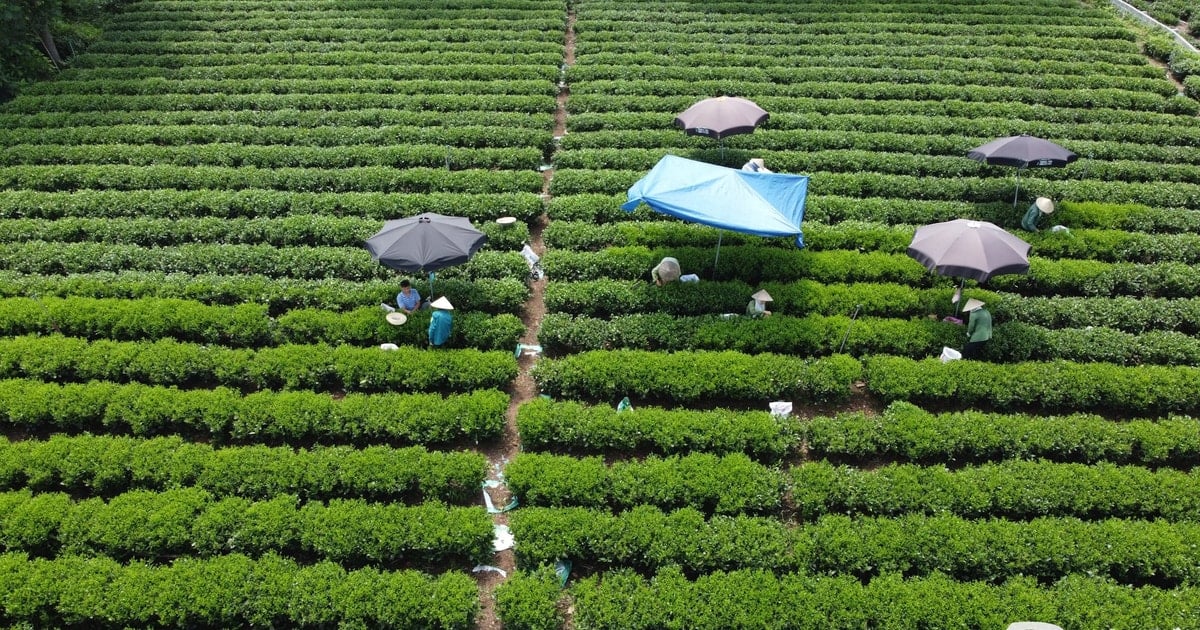
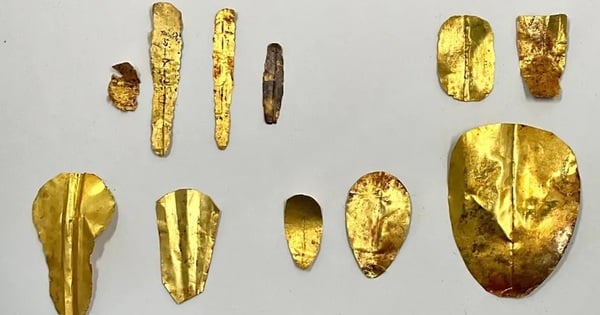
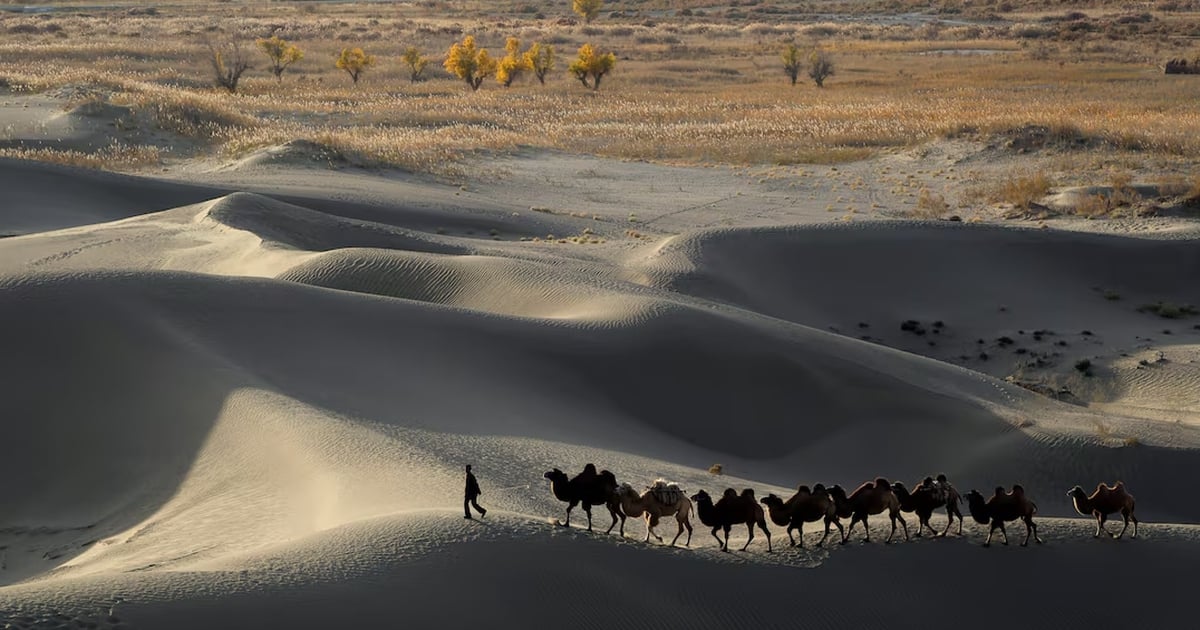












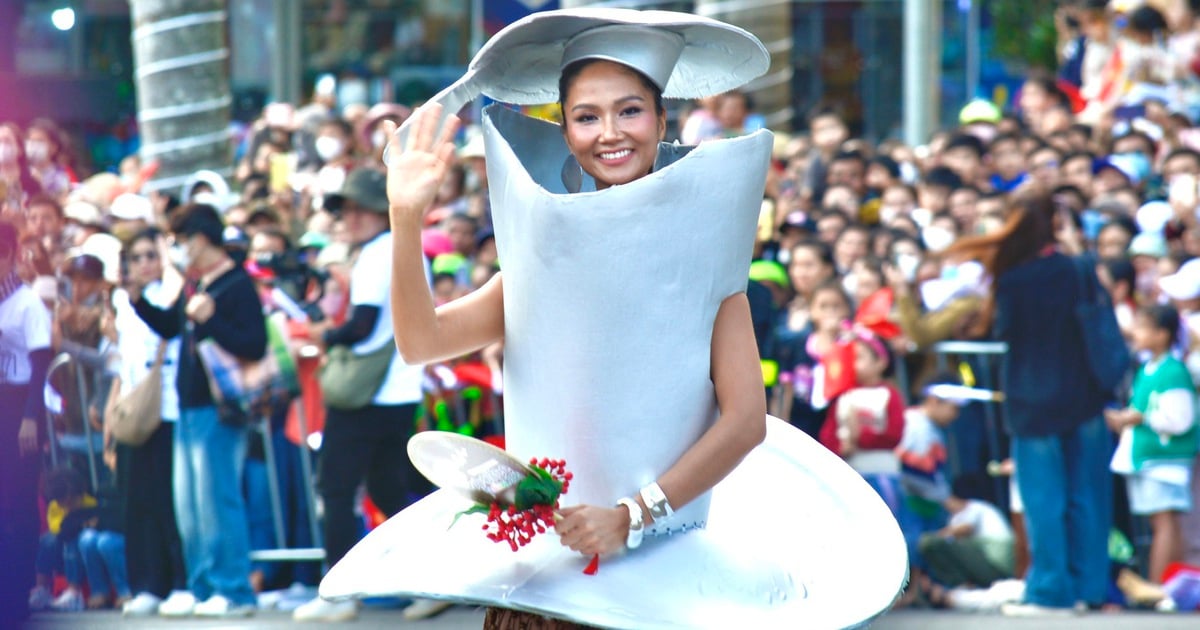

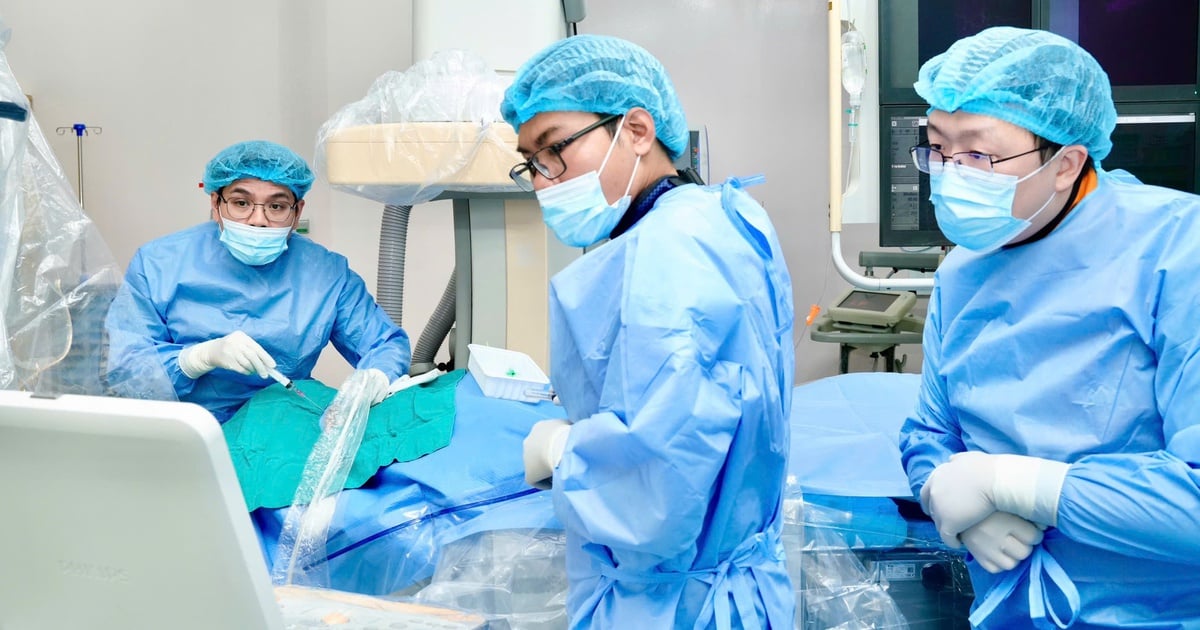


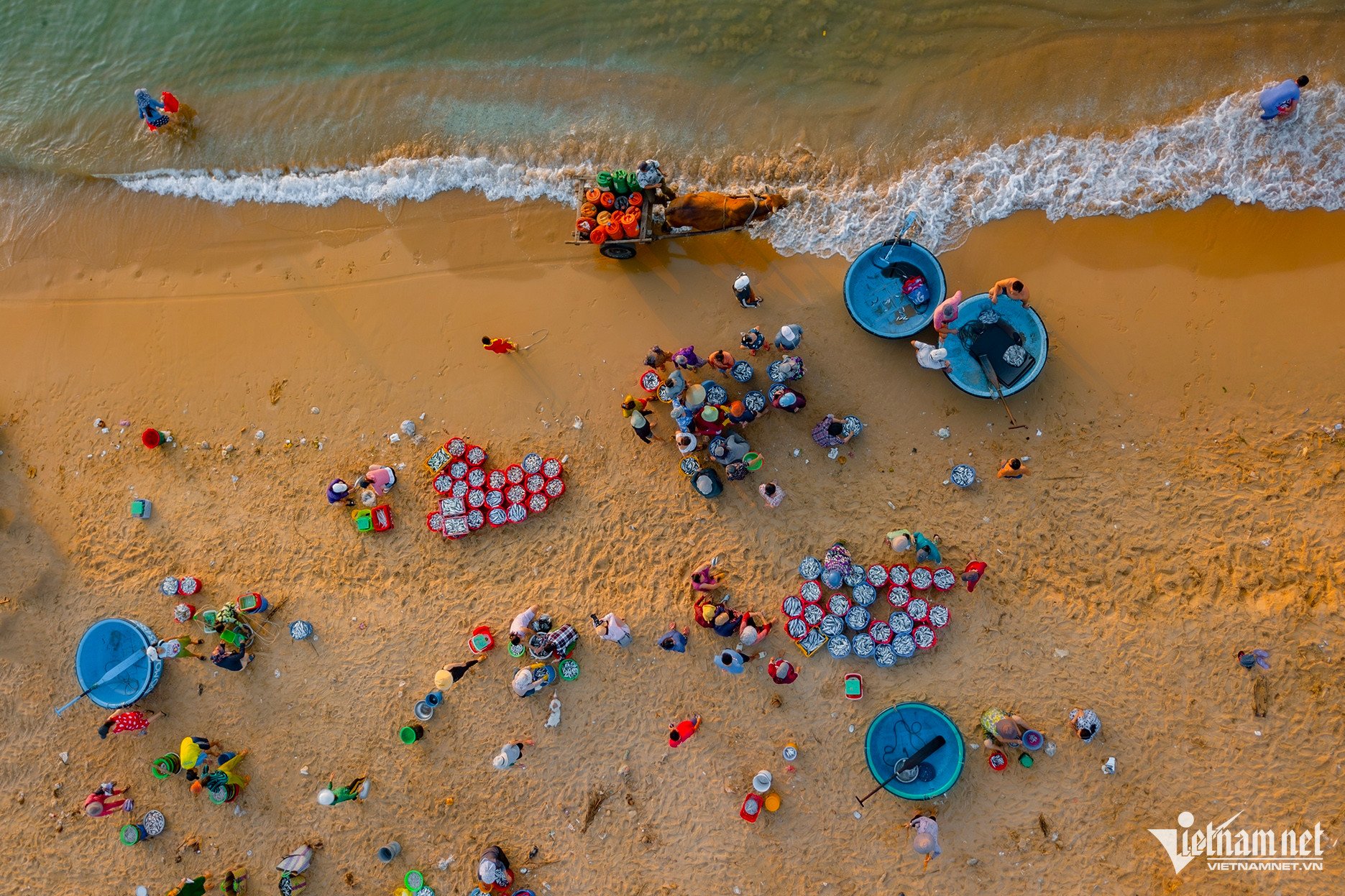

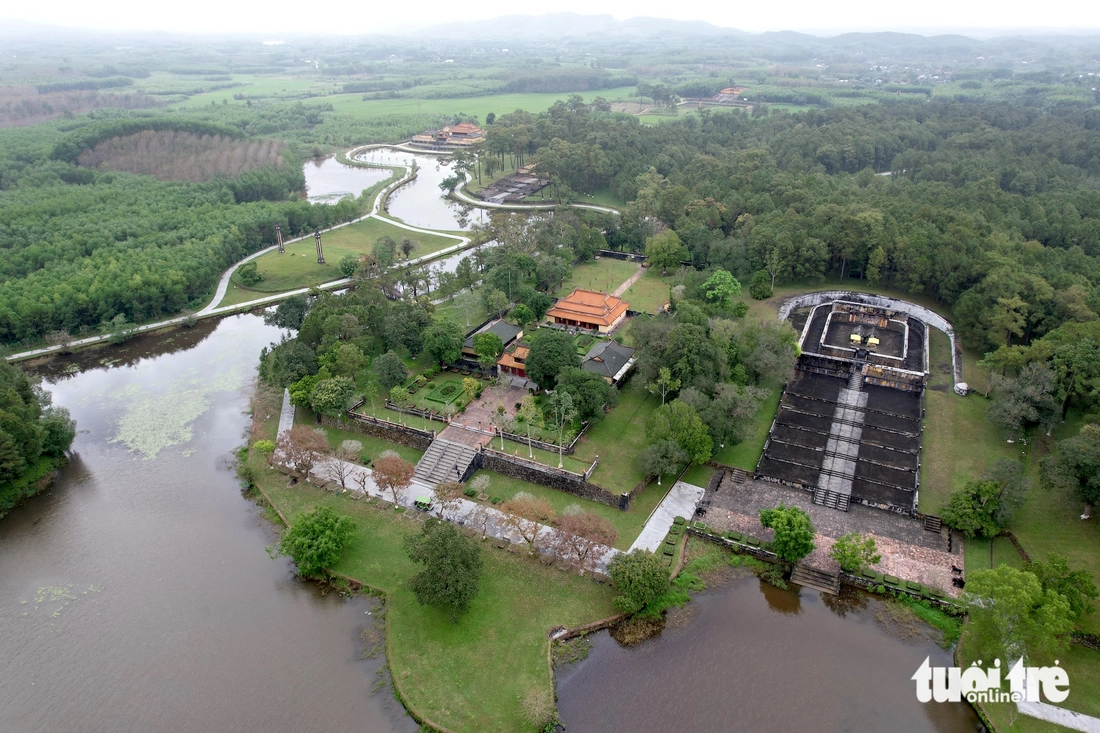

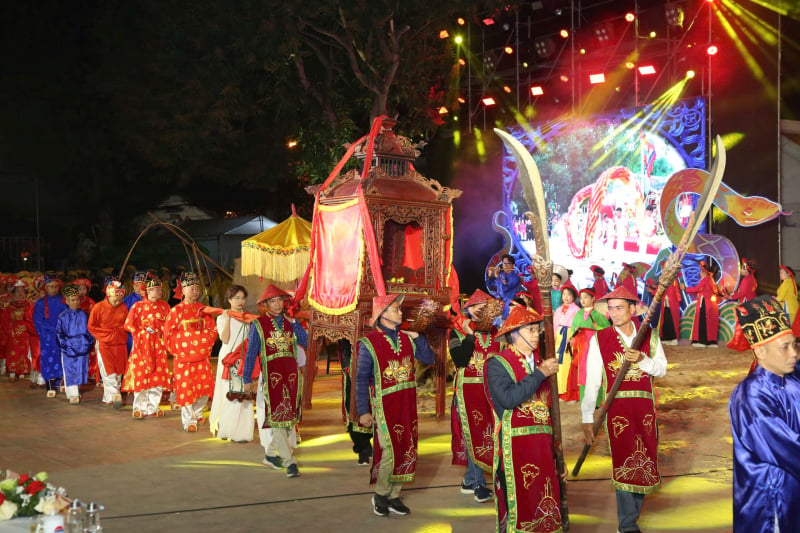

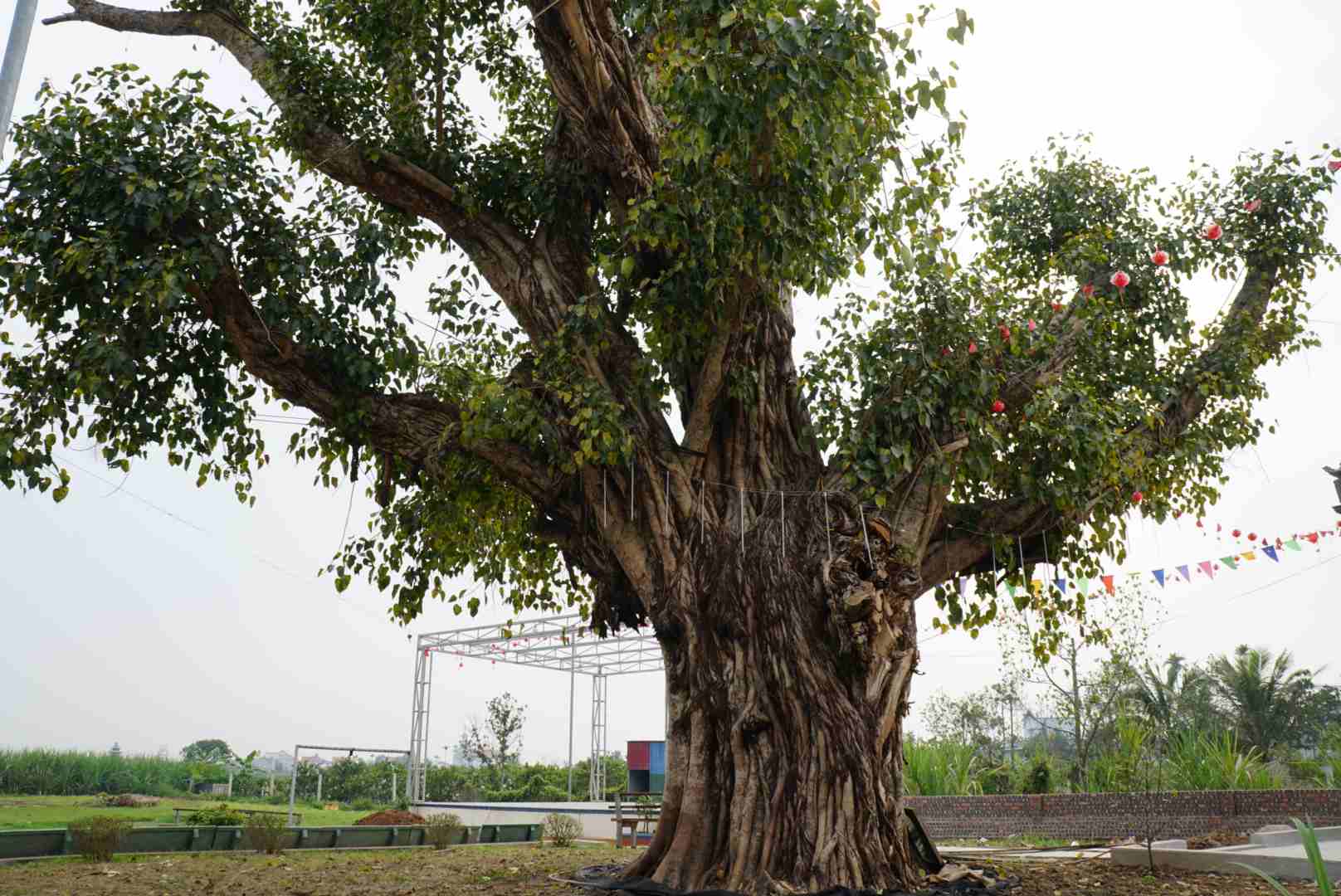



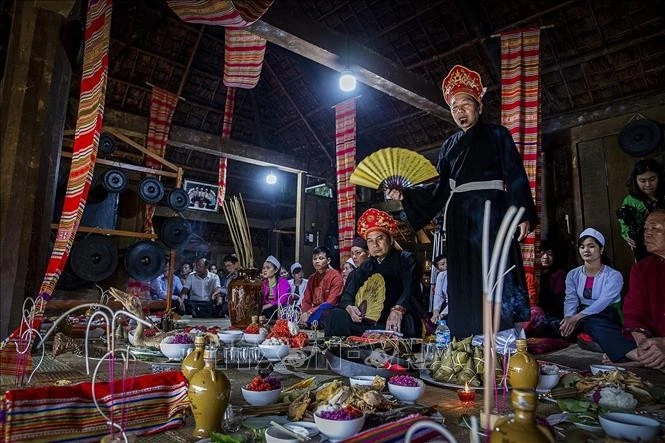

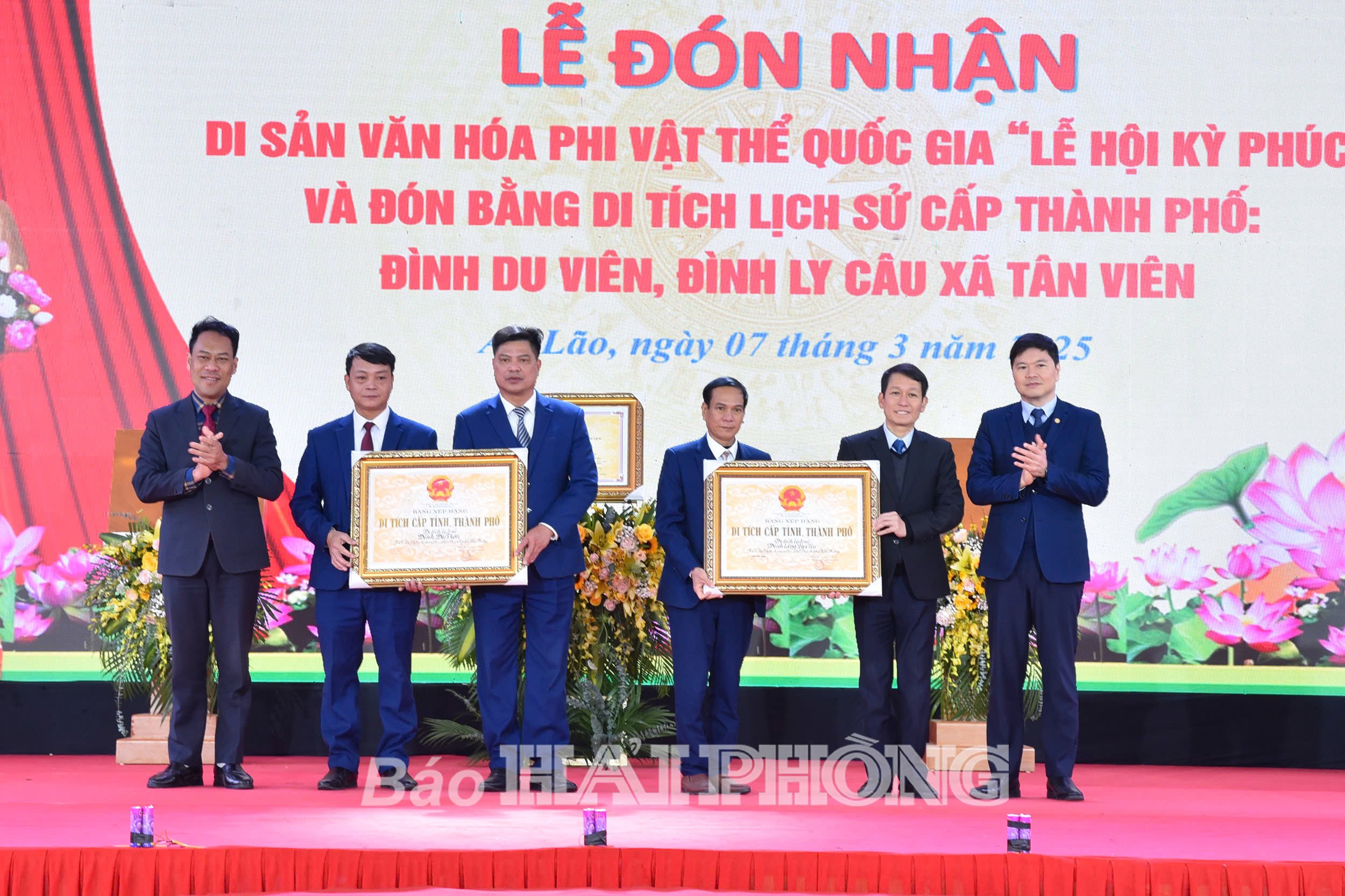

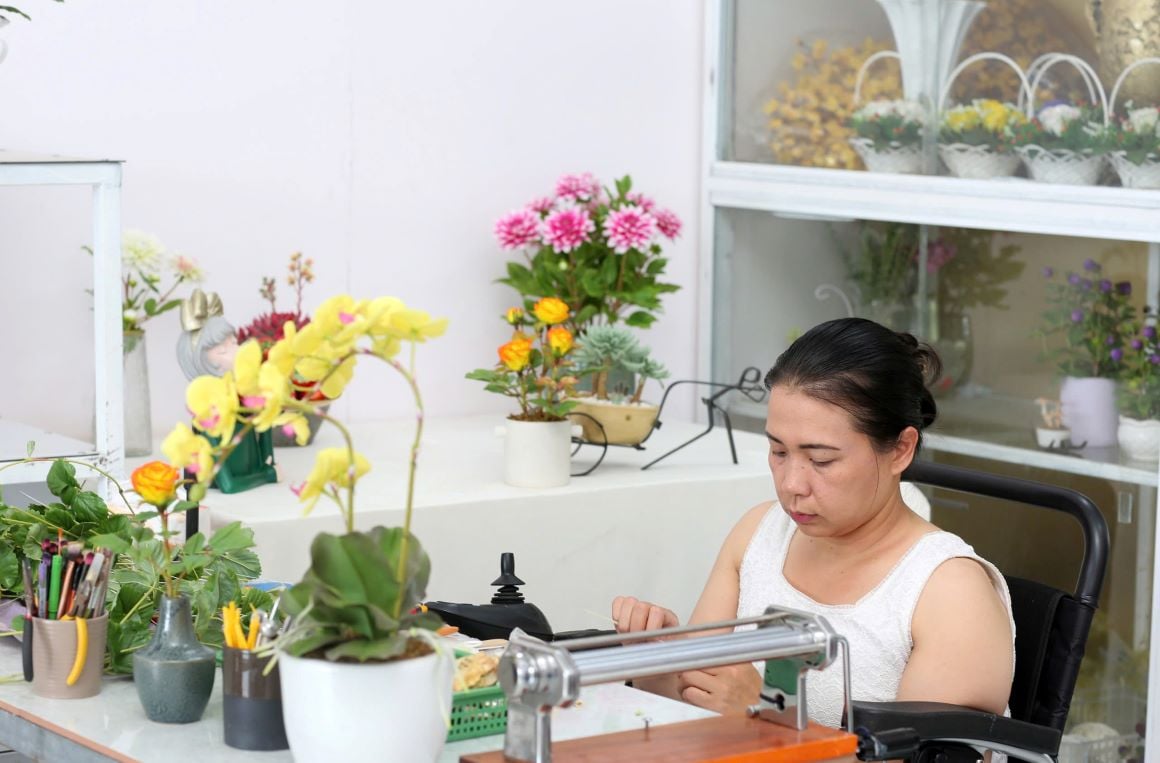


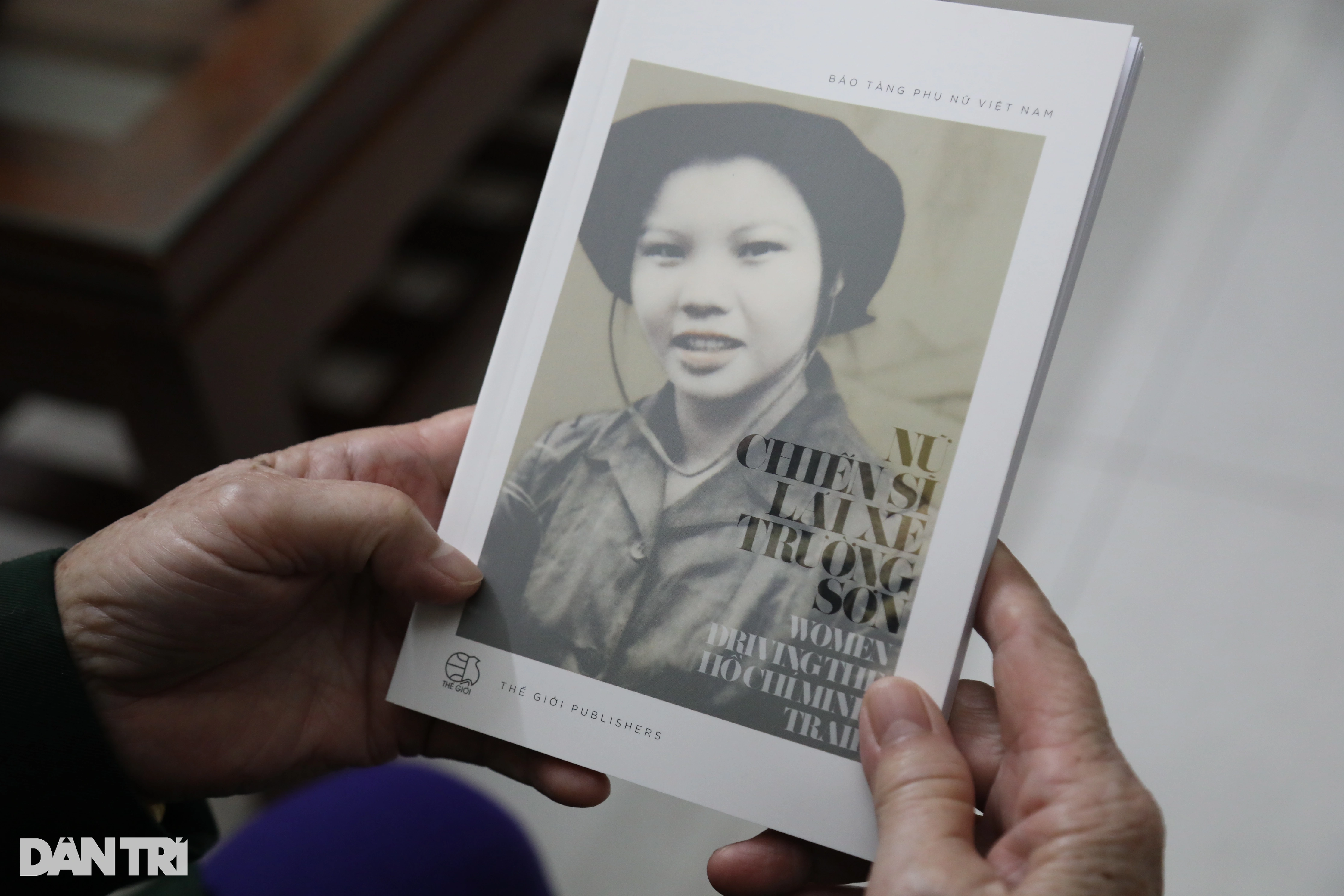
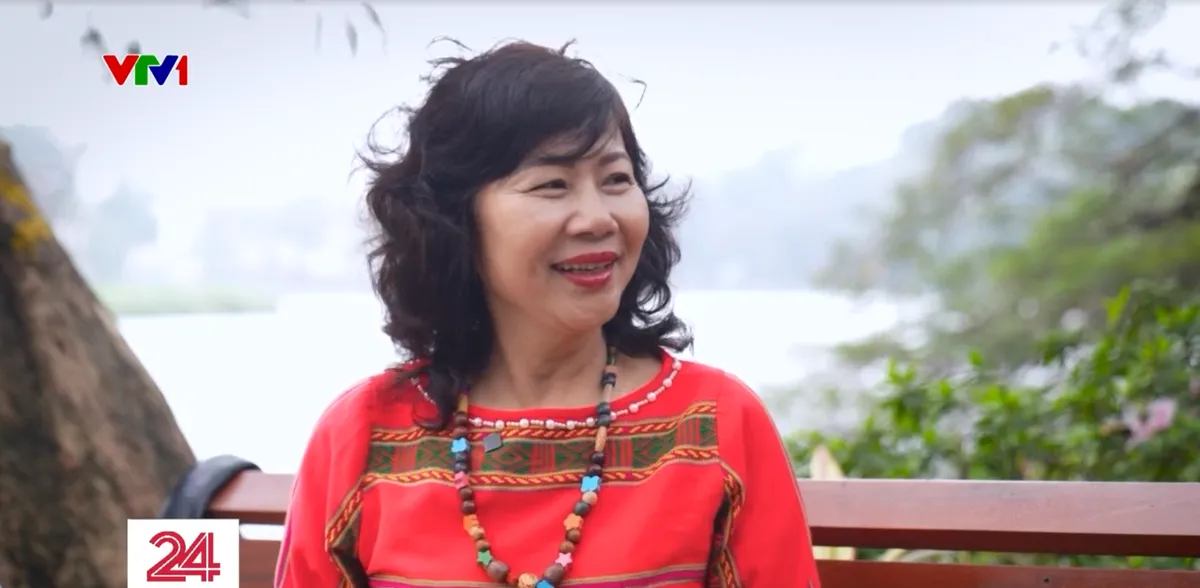

















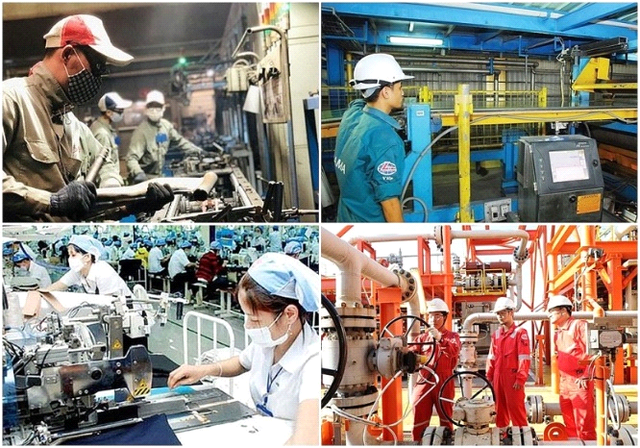


















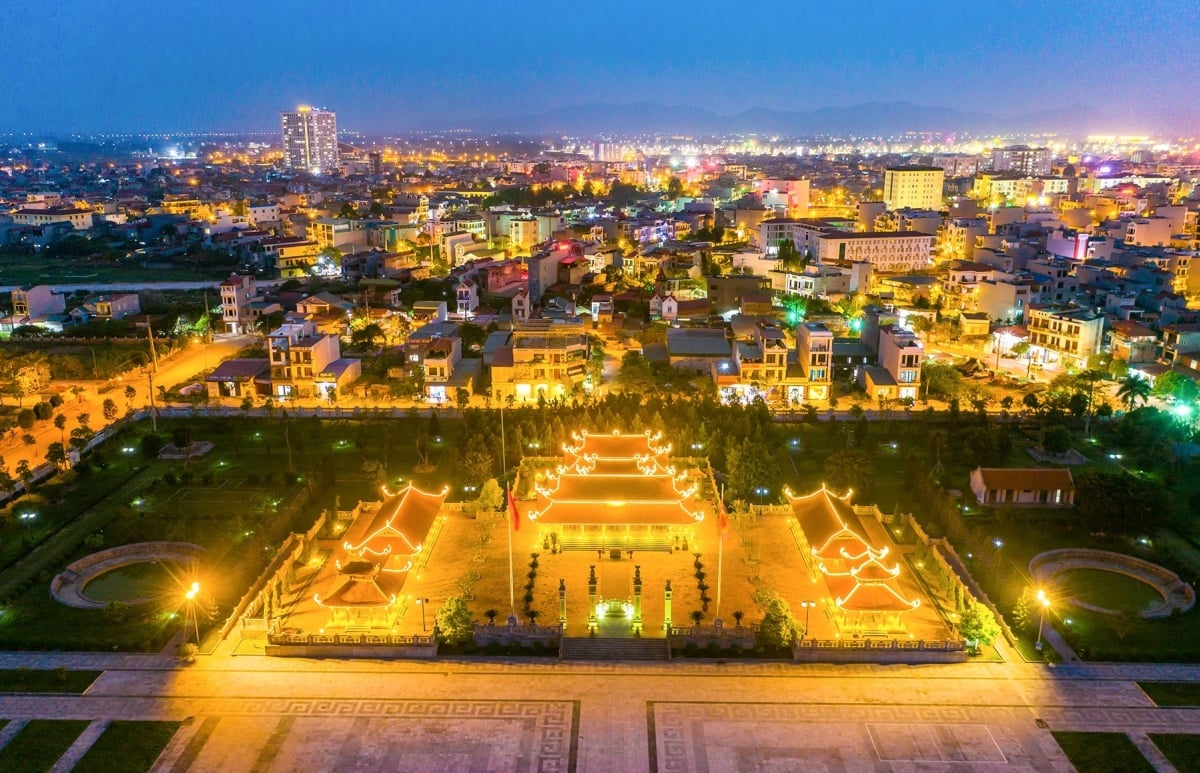


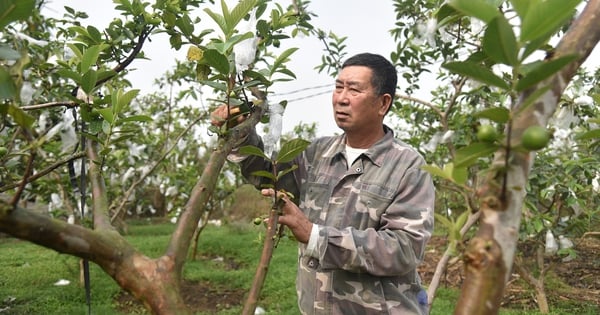



Comment (0)